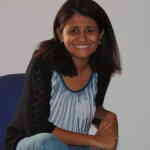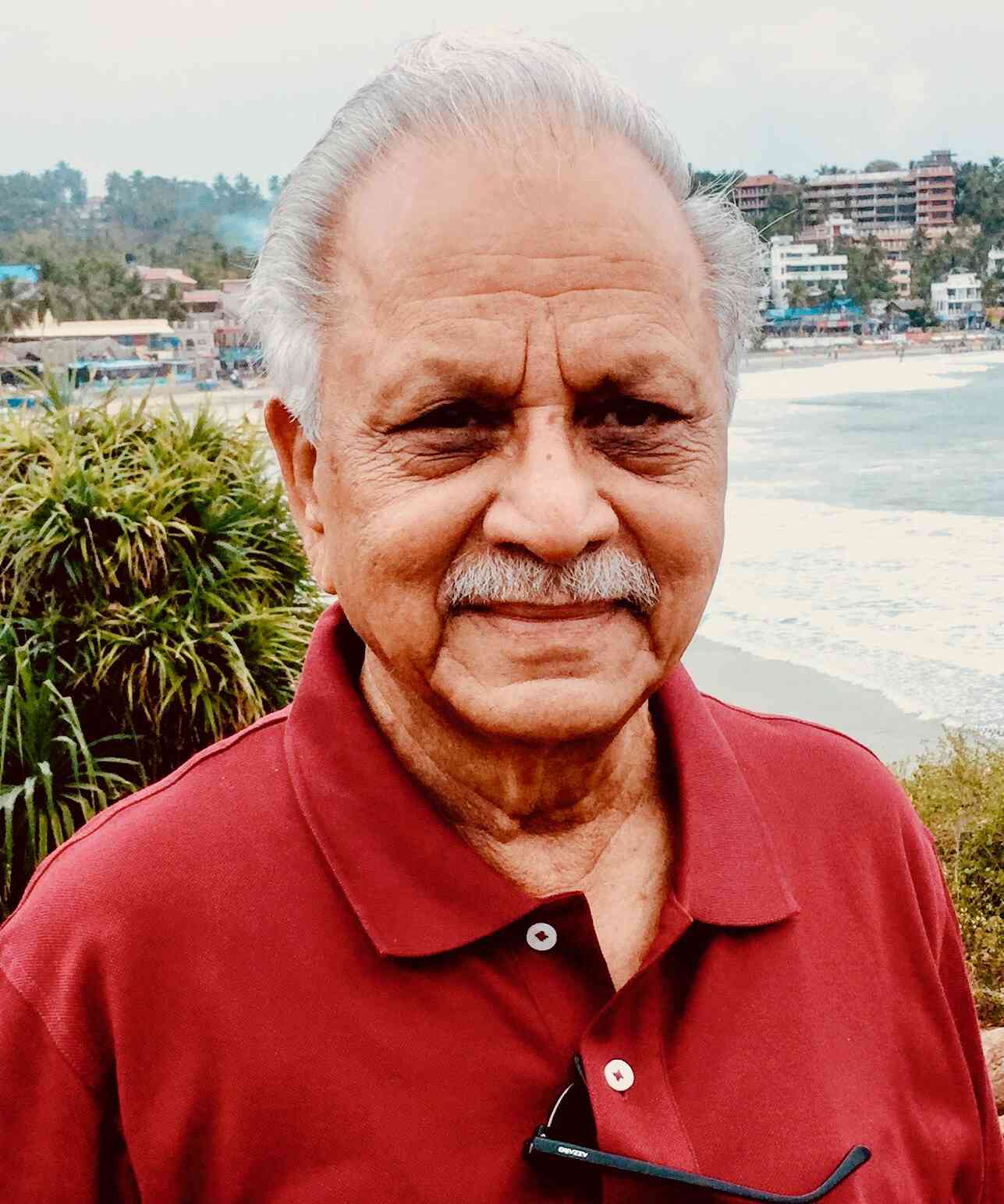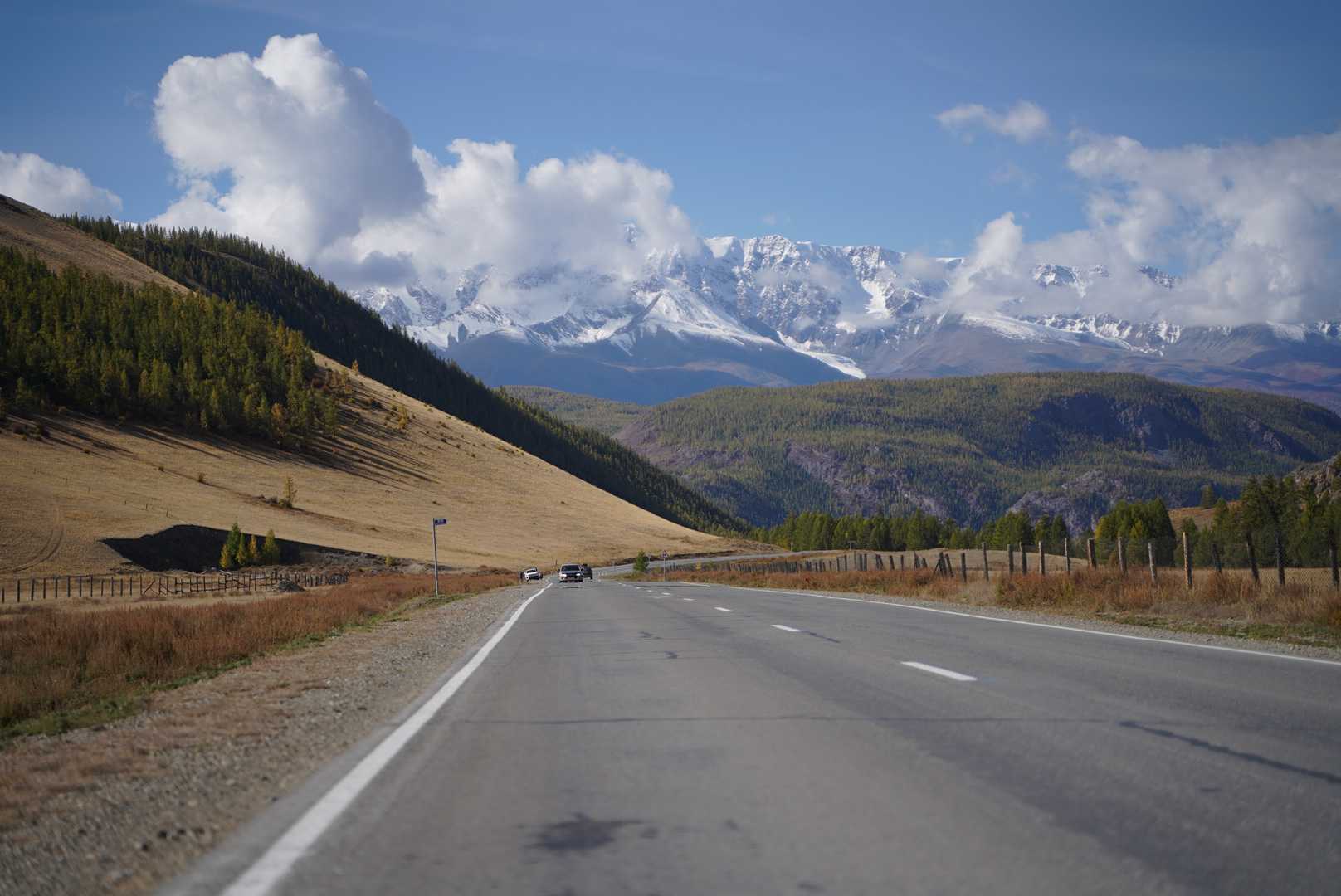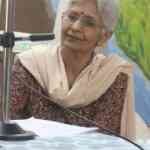Women’s Day Special: The Stalwarts Who Paved the Way For Women in Medicine
It wasn’t an easy journey for India’s earliest women doctors who stood up to patriarchy and more.
Being a doctor is considered to be a prestigious profession now for all genders. Many women doctors are voices of authority on several crisis issues. But what was it for a woman to become a doctor around 150 years ago? Author and freelance journalist Kavita Rao’s book, Lady Doctors: The Untold Stories of India’s First Women in Medicine, tells us that it took an extraordinary amount of courage, determination, and fire in the belly to face assault, social ostracization, public shaming, and lack of acknowledgment for the brave women who chose the path.
Rao’s meticulously researched book brings us the unheard struggle of six Indian women who had that fire. In an interaction with Silver Talkies members’, she explained why she chose them and told their story:
Dr. Anandibai Joshi: In the 1880s when women were considered capable of only raising children and doing household chores, Dr. Anandibai Gopalrao Joshi became the first Indian lady doctor to finish her studies in western medicine from the United States. With encouragement from her controlling husband, Gopalrao Joshi, she became the first Indian woman to study overseas. She participated in the medical program of the Woman’s Medical College of Pennsylvania in 1883 and at 19, began her journey to become a doctor. At 21 she graduated with an MD in obstetrics and even received a congratulatory message from Queen Victoria on her success.
Explaining what makes Joshi stand out, Rao says, “In those days it was a taboo for a Brahmin woman to travel overseas because that meant she would lose her caste. But she stood up in front of the town hall and asked permission from the community to go. She refused to give up her custom, she refused to eat meat which many people consider as the cause of her early death as she could hardly find any vegetarian food overseas. She used colonialism and evangelism to get her education without letting go of her norms.”

Dr. Kadambini Ganguly: Not just the first practicing lady doctor in India, Ganguly was also the first Indian woman to pass the University of Calcutta Entrance Examination.
She was the first woman to join Calcutta Medical College to study medicine in 1883 within just 11 days of her marriage to Dwarkanath Ganguly, her mentor, and avid supporter. In the 1880s, medical colleges were not open to women. Kadambini came and broke the door down for women in Calcutta Medical College. Following her admission, Calcutta Medical college started admitting students who were women.
“At that time the general belief was how can women attend classes with men as that would distract men? How can women attend anatomy classes or surgery as women are delicate? It was Ganguly who proved that women could do dissection and more, breaking stereotypes. However, she hasn’t written a word about herself which is disappointing because her struggles are so inspiring and worth an autobiography. That’s possible because she was a mother to eight children and simultaneously was practicing medicine which was a huge responsibility, no doubt,” says Rao.
Dr. Rukhmabai Raut: This firebrand sued her husband to escape child marriage at a time when divorce was absolutely unimaginable. She stood up against Hindu conservatives like Bal Gangadhar Tilak for her actions. The landmark legal case involving her marriage ultimately contributed to the Age of Consent Act in 1981. She had the most challenging journey so far, says Rao. “Bal Gangadhar Tilak belonged to the Pune conservative school of thought and did not approve of a woman leaving her marriage for education and Raut had to put up a very tough fight against him.”
In 1894, Raut received her Doctor of Medicine from the London School of Medicine for Women and became the second practicing lady physician of India. In 1895, she returned to India and worked as the Chief Medical Officer at the Women's Hospital in Surat and also established the Red Cross Society in Rajkot.
Dr. Haimabati Sen: “She wrote an entire memoir on her journey of becoming a doctor and for nearly a hundred years, it was lost in the bottom of the trunk. It was written in the 1880s and was translated from Bangla only in 2011. Nobody, including her family members, thought it was important to preserve such a treasure. In India, most of such significant historical accounts are not archived and that is more common when it comes to achievements of women in science,” says Rao.
Sen’s journey from a child widower to a physician is indeed exemplary. In her memoir, she writes, “Do I have to suffer all this simply because I am a woman? Would anyone have inflicted so much suffering on a man? Why are they so worried as to whose wife I am or whose daughter?” Sen was a pathbreaker as she took medicine to rural India. She wasn’t a very qualified doctor but she played a remarkable role in making medicine accessible to the villages - an issue with which we still grapple today.
Dr. Mary Punnen Lucose: She was denied admission for science subjects at the Maharajas College, Thiruvananthapuram for being a woman. As Indian universities did not offer admission to women for medicine, she moved to London encouraged by her doctor father and secured MBBS from the London University, the first woman from Kerala to do so. Mary returned to India in 1916 and went on to have a trailblazing career. In 1938, she became the Surgeon General, in charge of 32 government hospitals, 40 government dispensaries, and 20 private institutions. She is reported to have been the first woman to be appointed as the surgeon general in the world. She was the founder member of the Indian Medical Association and Federation of Obstetric and Gynaecological Societies of India (FOGSI). In 1975, she was awarded the civilian honor of Padma Shri by the Government of India.
“She was pro-science, very much in favor of modern medicine, believed in compulsory vaccination, and wanted the government to allocate more money to scientific medicine,” says Rao. This, was at a time in the late 1920s when a majority of the country did not believe in vaccination.
“She faced a lot of opposition from the male legislators who believed vaccination wasn’t a necessity and it was in fact harmful. For her to stand for the cause of vaccination when vaccination wasn’t even heard of was an amazing thing,” says Rao.
Dr. Muthulakshmi Reddy: An Indian medical practitioner, social reformer, and Padma Bhushan awardee, Dr. Reddy had a number of firsts to her name. She was the first female student to be admitted into a men's college, the first woman House Surgeon in the Government Maternity and Ophthalmic Hospital, the first woman Legislator in British India, the first Chairperson of the State Social Welfare Advisory Board, the first woman Deputy President of the Legislative Council, and the first Alderwoman of the Madras Corporation Avvai Home.
“Dr. Reddy was more than just a doctor. She played a significant role in India’s Independence; she helped shape public policy for women and health in the 1920s. In her memoir, she mentioned that she didn’t want to get married at first but eventually got married to a person who was very encouraging in her late 20s. She also writes that when she had children it became very difficult for her to balance her family and work alike and she even advised women doctors to not get married,” says Rao.
While the life of a woman in medicine is much smoother now, women still struggle with work-life balance and often need to juggle several odds to move ahead in their careers. Happy Women’s Day to all these spirited women, doctors, or mothers, who are working and fighting every day to make a mark.
Do you have a story of pathbreaking doctors and other career women in your family or among your loved ones? Share with us in the comments below.
Photograph courtesy: Wikimedia Commons & Pixabay
Comments







Post a comment